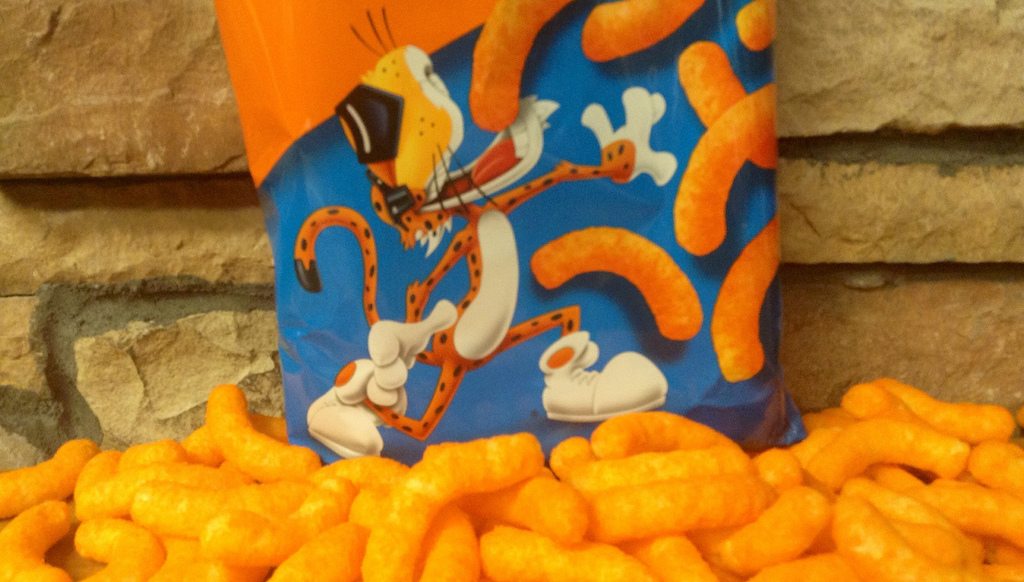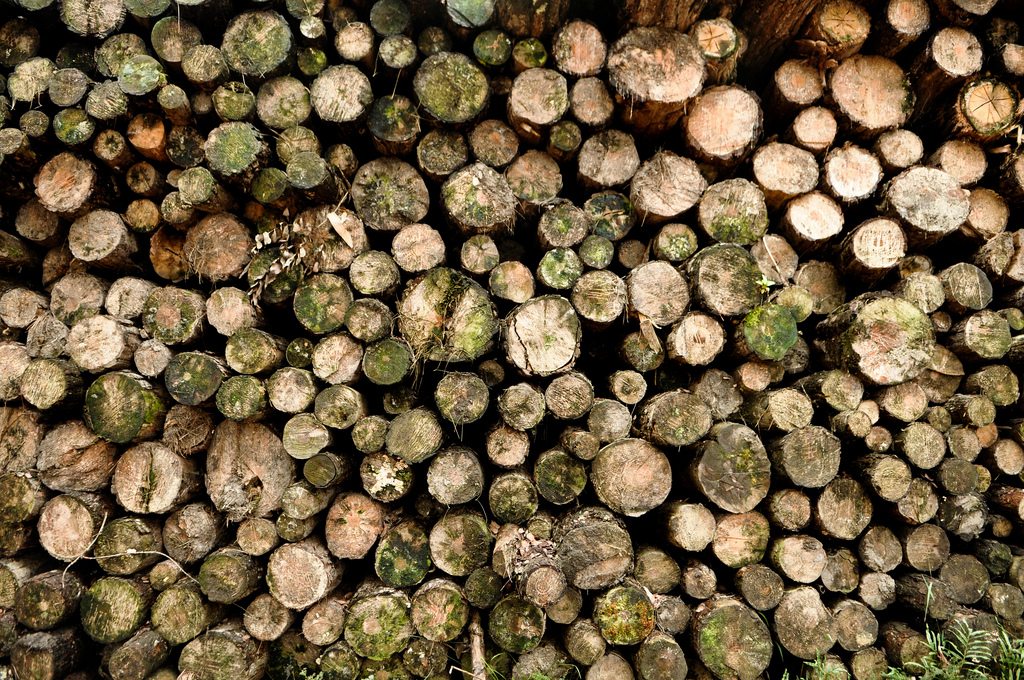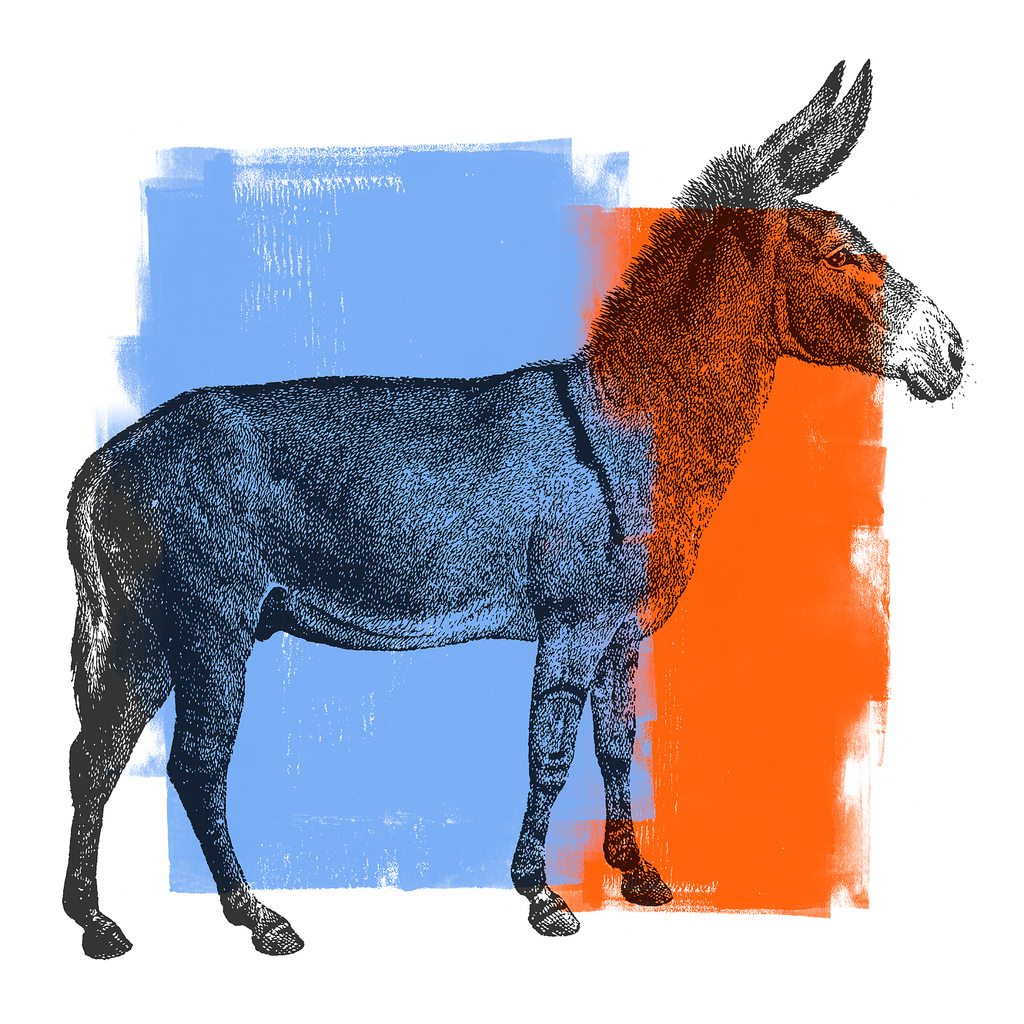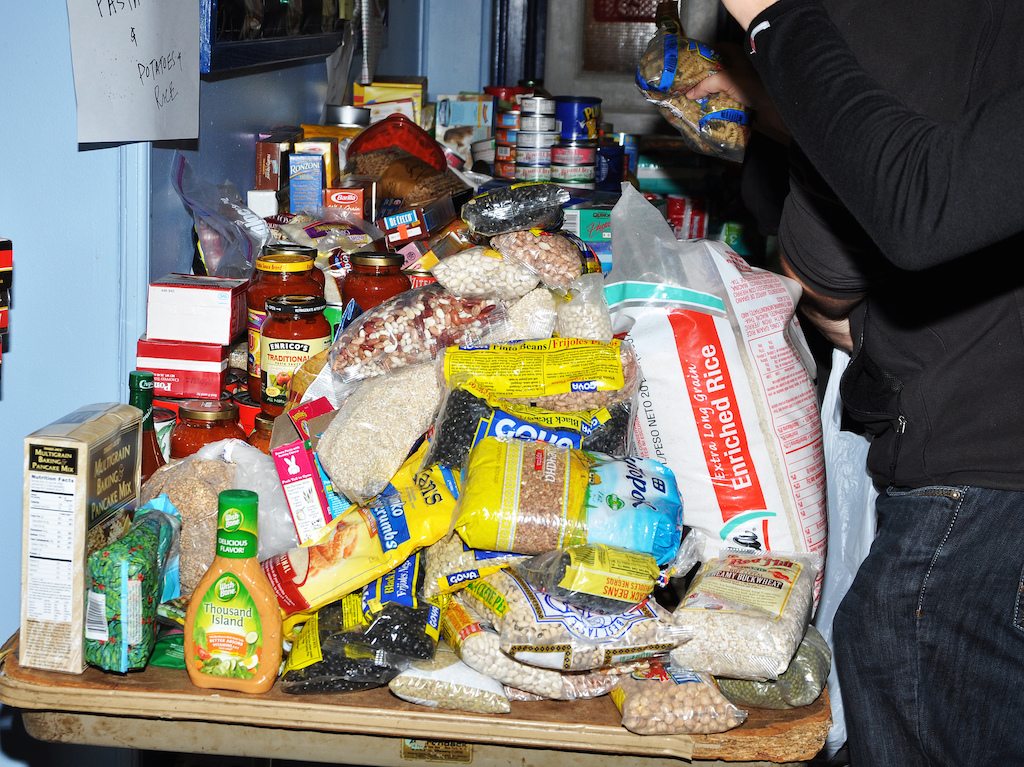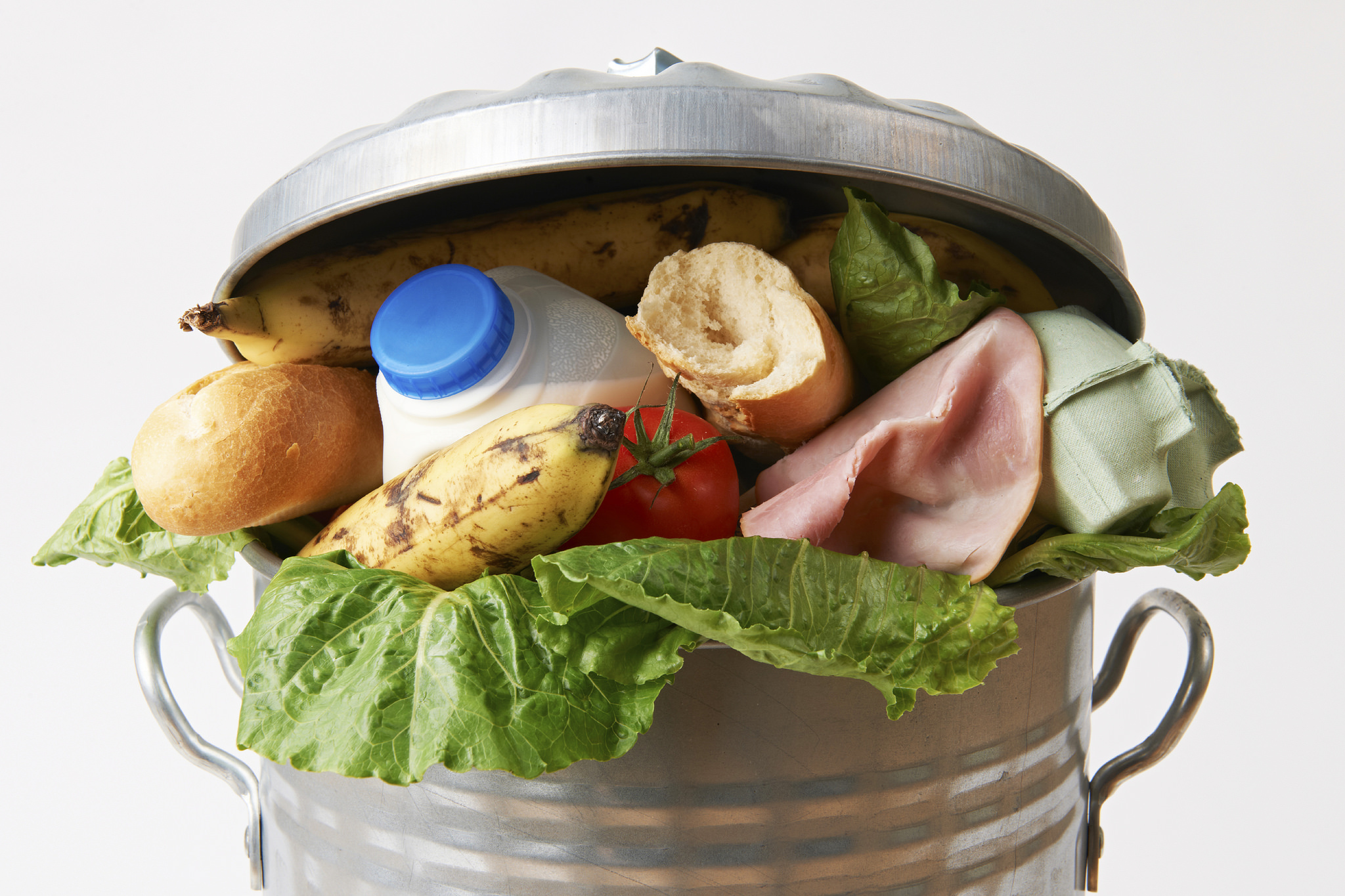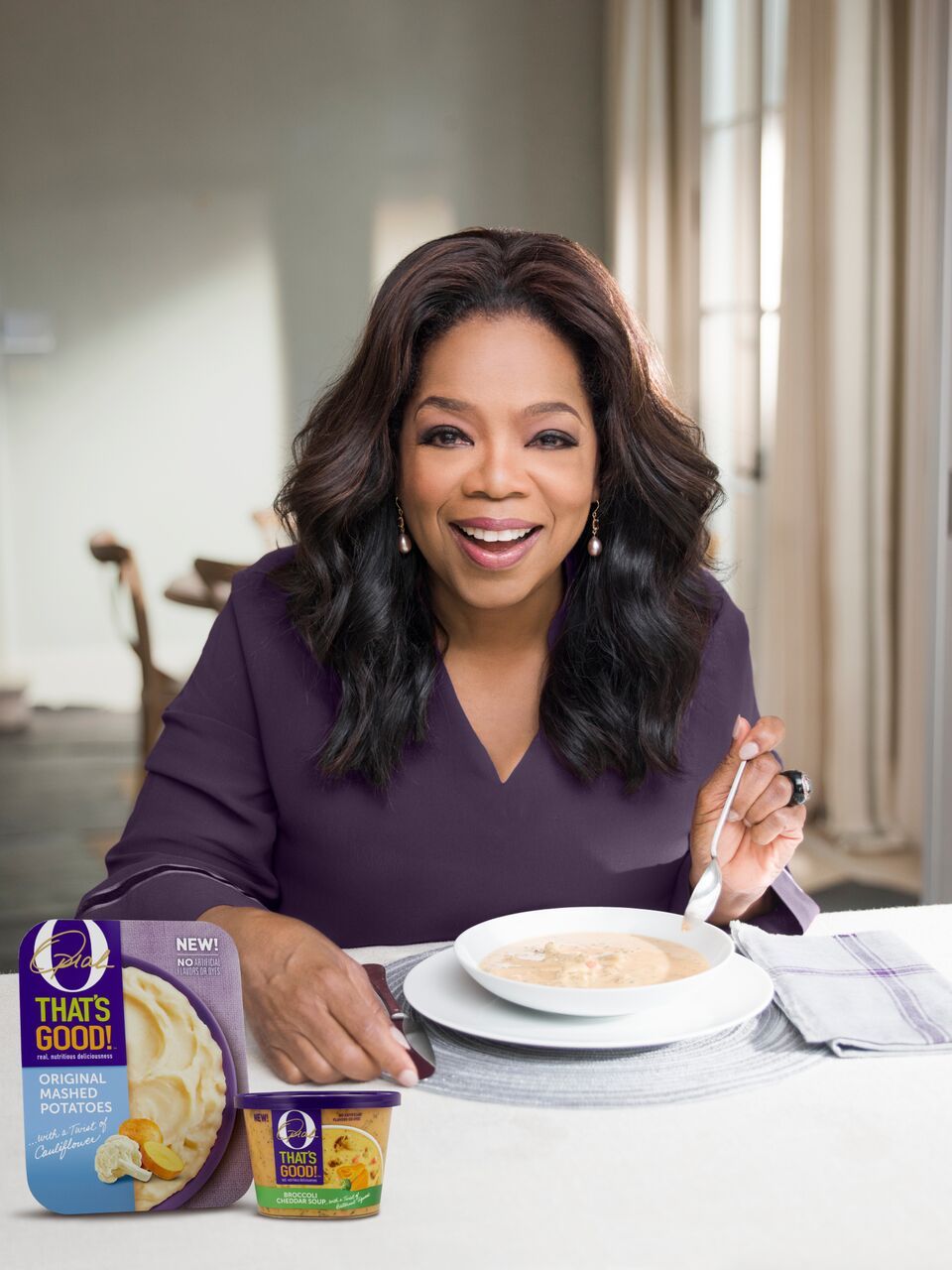So cheesy. This is an actual headline from a press release we received today: “Cheetos Spring Fashion Collection Helps Fans Get Family Photos on Fleek.” Now, we receive a lot of press releases. And many of them are comically off the mark (“Receivables Collection Rate for U.S. Dentists Drops to 91%,” I’m talking to you!)
But we can never resist an opportunity to take on the occasional (ok, more than that) outrageous flimsiness of food marketing. Especially when it’s for a hyper-commercial brand. And especially when the campaign looks like a pyramid scheme resting atop a house of cards. (Apologies to Ms. Scott in communications at Frito-Lay. Even Oscar Wilde couldn’t have written that press release.)
In an apparent effort to spotlight one returning and one all-new Cheetos flavor—Sweetos Cinnamon Sugar Puffs and Sweetos Caramel Puffs, respectively—the brand (one of many owned by the $14 billion convenience food behemoth, PepsiCo) has launched what I’m not sure is an actual marketing strategy, but one I’ve officially named nonetheless: the millefeuille. The millefeuille approach to food marketing involves taking a simple recipe for an existing, already popular product, and whipping it up into a fluffy layer cake of confusion.
In this case study, Cheetos has seized on no less than five different stories: The Cheetos brand, the Easter holiday, awkward family photos, spring fashion, and the word “fleek.” None of which have a lick to do with licking Cheeto dust from your fingers. Except! One does: spring fashion (synonymous with snacking, right?). That’s because “Cheetos Debuts Snacking-Inspired Spring Clothing Line.”
So here’s where it gets weird(er). Capitalizing on nostalgia for a time when families dressed in seersucker and posed for Easter photos (is there nostalgia for this?), the brand has designed an exclusive line of clothing for loyal snackers, including trousers with detachable napkin panels (Lapkin Pants), multi-layered gloves (“White Easter gloves that are actually three pairs in one. Don’t fret when you get Cheetos dust on one pair, simply pull them off to reveal a clean pair underneath!”), and suspenders with hidden Cheetos storage pockets (Snackspenders).
“Spring is a time when families come together hoping to capture moments that make for lasting memories, we saw an opportunity to add a bit of Cheetos fun to the season to make those moments even more memorable,” said Ryan Matiyow, senior director of marketing, Frito-Lay, in the press release. “We are excited to partner with Betabrand to launch a collection of clothing and accessories that allow fans to add some playful fun to their springtime fashion.”
A quick fact check left me hungry for clarity. While the designs are indeed featured in illustrated renderings on the Betabrands website—and Betabrands does indeed appear to be an actual clothing manufacturer based in San Francisco—there don’t appear to be any actual clothes for sale (though, you can post your family photos on Facebook for a chance to win a pair of Lapkins).
What it does look like is that a group of Cheetos marketers gathered in a board room in PepsiCo’s Purchase, New York headquarters, assembled a word cloud (Easter! Seersucker! Family! Fleek!), emailed it to the art department, and then went to Chi-Chi’s for margaritas. Which would all be fine if any part of this campaign made any sense. And, barring that, if at the very least, the press release endeavored to explain its perplexing logic—which is what press releases are supposed to do.
I find this all oddly poignant. Not because of the Cheetos themselves. I mean, Hot Cheetos dappled with Frank’s Red Hot sauce verge on being sexually gratifying. But rather, when it’s clear that a chain of marketing people are sort of terrible at what they do, and those people are working for a Big Food brand that makes a terrible-for-you product, and someone in a PR office somewhere (in this case, Plano, Texas) is working for them and has to tease it all out and shine it all up and make it sing in a press release, it sort of resembles a big, crinkly mylar bag of gloom.
Food marketing often seems sort of cynical. But this Cheetos campaign smacks of a somber realization: Big Snack, just like Big Fast Food, Big Dairy, and Big Soda, have long felt the pressure of changing consumer preferences. And, sure, Big has done some smart things in response—investing in “plant-based” and acquiring smaller, independent brands, for instance. But this looks sloppy and stupid and desperate. And as Dan Mitchell reported last week about in a similar story about McDonald’s losing its mass-market appeal, Cheetos also looks totally confused by itself.
Look, I don’t believe for a minute this is evidence that small food will shut down Big Food and take over, or that we’ll all be eating kale chips at the movies anytime soon. And I certainly don’t believe that snack food has to be serious. But I do believe consumers are smarter than this frantic attempt to rope together a bunch of cultural cliches and call it delicious. We may not be looking at the last gasp of processed food’s hold over us. But this kind of marketing might herald a sputter.
